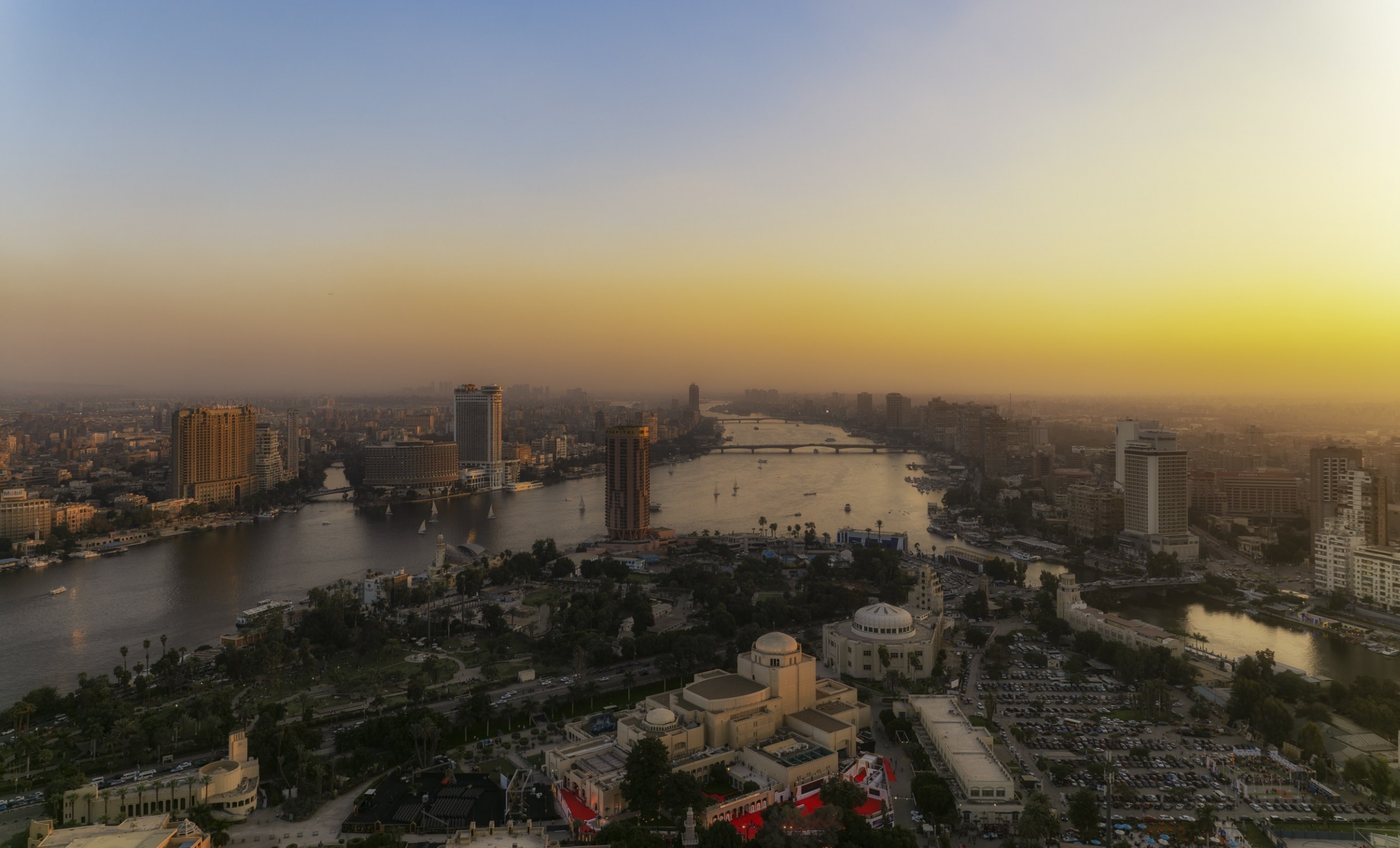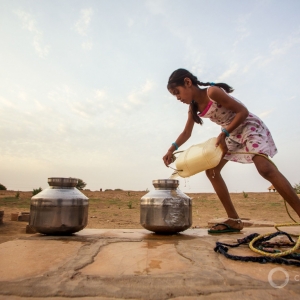The Stream, March 22, 2023: Ukrainian Water and Soil May Face Years of Heavy Metal Contamination, Experts Say

The Nile, cutting here through Cairo, is the heart of Egypt. J. Carl Ganter/Circle of Blue
YOUR GLOBAL RUNDOWN
- In arid northwest Egypt, construction on the country’s longest-ever artificial river has begun.
- The largest domestic deposit of lithium, in northern Nevada, is being mined as concerns mount over its effects on groundwater, threatened species, and a sacred burial site.
- Forty years after its landmark Indigenous law, Costa Rica, a leader in reforestation and conservation, is still not returning forest and riparian habitat to their original stewards.
- Toxicologists studying the environmental impact of the war in Ukraine warn that soil and groundwater could be contaminated for years to come.
Lake Montbel, an artificial lake in southern France and longtime site of summer sailing and vacationing, is running nearly empty after the driest winter in 64 years.
“In 2022, we really had conditions which will be the norm in 2050, due to climate change … This is something we will have to get used to and therefore adapt to.” — Franck Solacroup, head of the public Upstream Garonne River Interdepartmental Delegation.
Known for its illustrious emerald landscape and turquoise blue waters at the foot of the Pyrenees, Lake Montbel “has largely turned into a muddy wasteland,” Reuters reports. After France’s driest winter in 64 years, the lake is currently only 25 percent of its capacity. At this time of year it is usually 60 percent.
Sail boats have been left stranded in low water and the earth in some areas has dried into visible brown cracks. People around the lake who work in the tourism industry are scrambling to adjust to the suddenly barren landscape; multiple sailing competitions have already been canceled.
Farmers downstream, according to Reuters, have already turned to less water-intensive crops, switching from corn to “sorghum, sunflower and even mandarins.”
Plans to divert nearby rivers, including the Touyre River, to help fill the lake, are seen only as temporary solutions and have already been met with environmentalists’ opposition.
— Christian Thorsberg, Interim Stream Editor
Recent WaterNews from Circle of Blue
- UN Conference on Water Aims to Rally Support for Ambitious Goals — Global water challenges headline gathering in New York City this week.
- Majority Say Water Supply and Pollution ‘Very Serious’ Problems — Global public opinion poll measures views on freshwater challenges.
The Lead
Toxicologists studying the environmental impact of the war in Ukraine warn that soil, groundwater, rivers, and lakes could be contaminated for years to come, DW reports.
Though destroyed buildings have released asbestos into the air, and attacked refineries have leaked oil and other chemicals, some researchers are more focused on the impacts of strewn weaponry. Mines, grenades, and other explosives contain corrosive heavy metals, including arsenic, cadmium, and trinitrotoluene (TNT), according to DW. Some of these are carcinogenic.
Lead and mercury are also being detected in the ground, and early soil samples from sites where attacks have been rampant, including Kharkiv, have shown elevated concentrations of heavy metals. The presence of such elements harms bacteria and microbes that keep soils, and plants, healthy.
Scientists are also concerned about the spread of toxic metals to waterways, potentially contaminating both fish and drinking water. Some researchers are seeking ways to remove heavy metals from these resources, including using bacteria. Though still very early, present estimates place ecological damages at $15 billion.
This Week’s Top Water Stories, Told In Numbers
80
Percent of lithium resources in the United States located within 35 miles of reservation lands, according to Al Jazeera. This includes the Thacker Pass lithium mine in northern Nevada, where Lithium Americas, a mining company, has begun construction on what members of the Shoshone-Paiute tribe say are both sacred burial grounds and sites where roots and medicinal plants grow. Environmentalists also warn that development will further harm the near-threatened sage grouse and deplete or pollute scarce groundwater resources in the arid region. The lithium mine is funded with $650 million by General Motors; the element is an essential component in electric vehicle batteries.
2
Number of territories in Costa Rica, out of 24 total, that have been fully returned to their rightful Indigenous owners more than 40 years after national law required such land transfers, Yale 360 reports. Though the nation has emerged as a worldwide leader in reforestation efforts — restoring tree cover to 60 percent of the country and stabilizing river flows when, just decades ago, such feats seemed unthinkable — the lagging action has some worried about Costa Rica’s green future: “There is a growing international recognition that the best forest stewards are typically the Indigenous communities that live in them,” Yale reports.
On the Radar
The Egyptian government is moving forward with the construction of an artificial river along its arid northwest coast, as part of the country’s New Delta Project to ensure water and food security in the region. At 71 miles long, 14 of which are underwater pipelines, it is the Ministry of Water Resources and Irrigation’s largest artificial river, Al-Monitor reports.
Currently enduring a water scarcity crisis, Egypt’s annual water share is 560 cubic meters per capita, a level classified as “water poverty.” The new river will generate about 10 million cubic meters of water per year.
The $2 billion project will also include agricultural studies to determine the most water-efficient crops and crop patterns for growers. Wastewater treatment projects are also underway.
Officials additionally hope that the artificial river will bring relief to the Nile River, which fulfills the water needs of 97 percent of Egyptians.
More Water News
Iberian Peninsula: In the midst of a 36-month drought, some reservoirs are so low that architectural remains, including previously submerged old bridges and church towers, have re-emerged into the landscape, Reuters reports.
Mushroom Boom: In California, the string of recent atmospheric river storm systems have created the perfect wet conditions for mushroom and fungal growth in the state, sparking a “once-in-a-generation shroom boom” for foragers and scientists alike, the Guardian reports.
Christian Thorsberg is an environmental writer from Chicago. He is passionate about climate and cultural phenomena that often appear slow or invisible, and he examines these themes in his journalism, poetry, and fiction.






Leave a Reply
Want to join the discussion?Feel free to contribute!